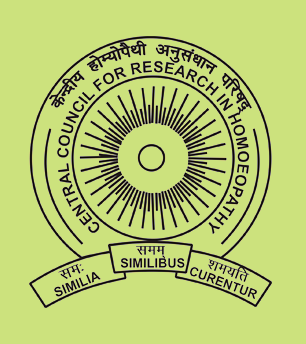Indian Journal of Research in Homoeopathy
Keywords
Annual myopia progression rate, Childhood myopia, Homoeopathy, Ruta graveolens
Article Type
Original Article
Abstract
Background: Increased incidence and progression of myopia, especially in Asian countries, have been attributed to excess near work. Topical use of Atropine was effective in controlling myopia but has got side effects and rebound effect after stopping the treatment. Homoeopathy mentions Ruta graveolens (Ruta) for myopia with its action on accommodation. Aim: The aim of the study is to evaluate the effect of Ruta on annual myopia progression rate (AMPR) before, during and after stopping treatment in childhood myopia. Materials and Methods: Ten cases of simple myopia in progressive stage aged 11–16 years were studied retrospectively. Myopia or spherical equivalent of refraction (SER) and AMPR in diopters (D) before treatment were assessed from the previous refraction reports. Ruta 3C was used in BD dose orally for 2 years with a gap of 7 days after every 21 days, and thereafter, treatment was discontinued. Subjective refraction on Snellen's chart at the start, during and after stopping treatment was recorded. From SER values, AMPR at different phases of study was assessed and analysed with paired t-test. Results: Mean AMPR before treatment was −1.10 D (±0.53). After Ruta treatment, there was a significant reduction of −0.27 D (±0.32) in AMPR (t = −4.13, P = 0.003). After stopping the treatment for an average of 10 months, mean AMPR was −0.46 D (±0.49), but this change was insignificant (t = 1.21, P = 0.26). Conclusion: Homoeopathic Ruta 3C was effective in controlling AMPR with no major progression after stopping the treatment.
Digital Object Identifier
10.4103/ijrh.ijrh_72_16
Publisher
Wolters Kluwer India Pvt. Ltd.
How to cite this article
Sathye S. Effect of homoeopathic preparation of Ruta graveolens on the progression of childhood myopia before, during and after cessation of treatment: A retrospective study. Indian J Res Homoeopathy 2017;11:249-256. doi: 10.4103/ijrh.ijrh_72_16



